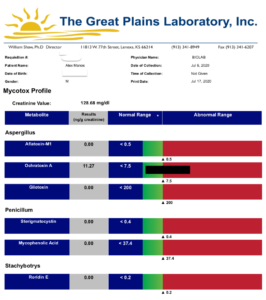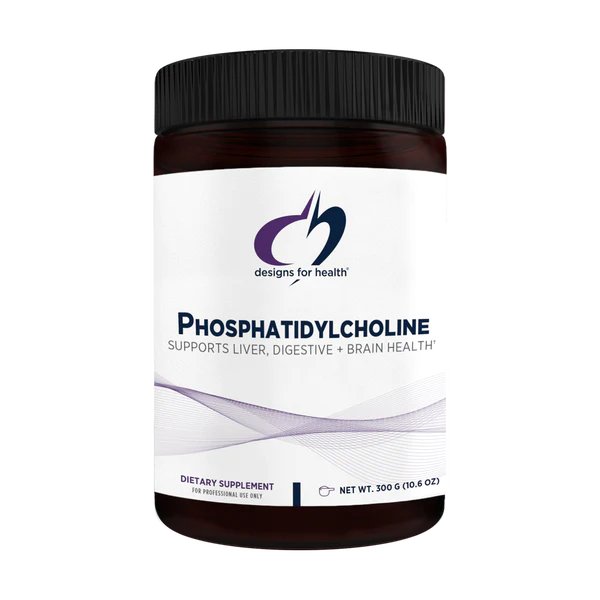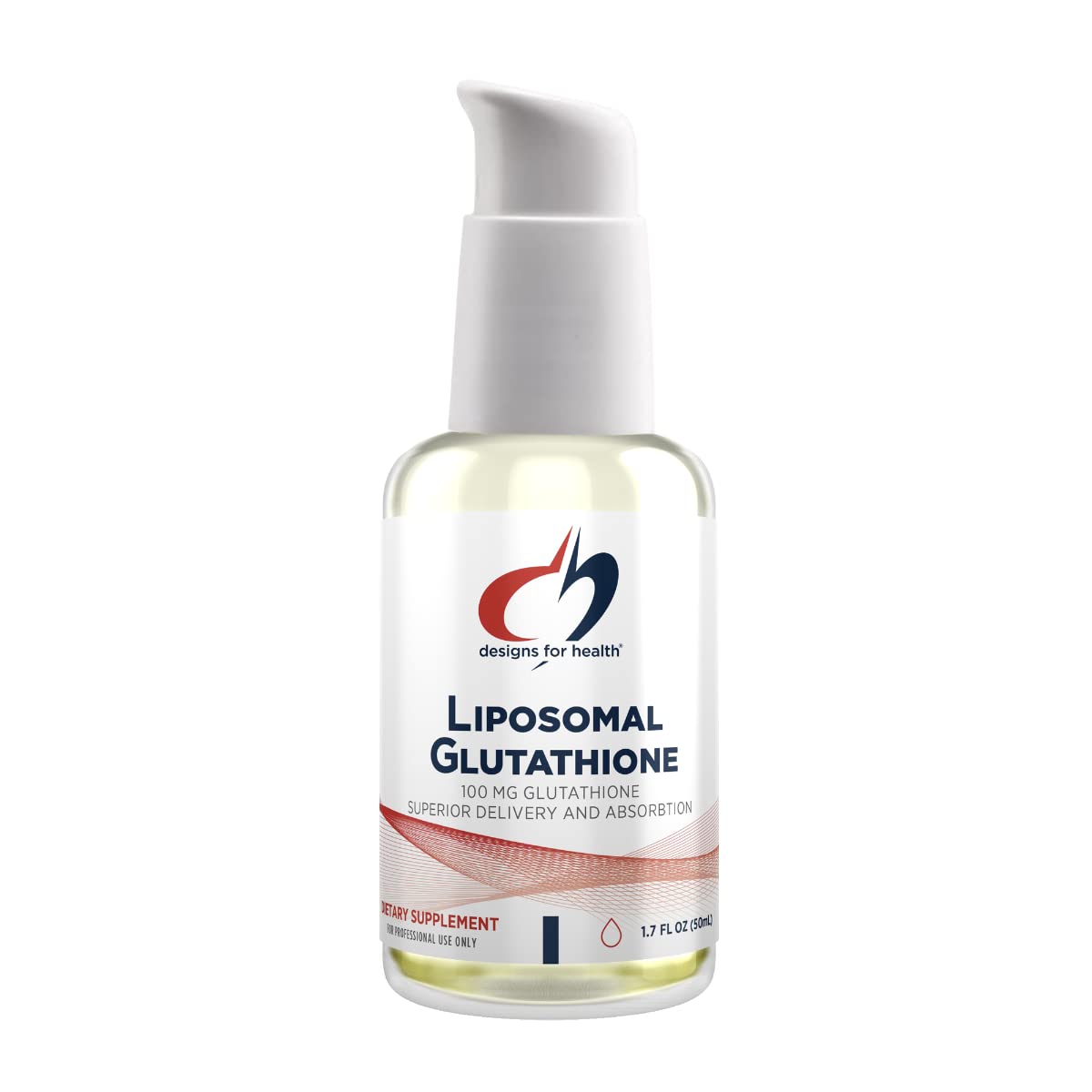Welcome to my blog on Ochratoxin A where I’ll discuss the whats, hows, whys and when of mycotoxin testing and treatment.
After writing the master blog called The Ultimate Guide To Mycotoxins I thought I would write smaller blogs on each of the main mycotoxins. Ochratoxin A is the most common mycotoxin I find in testing.
You might also be interested in the section of my blog dedicated to the topic of mycotoxins, click here. Posts include:
- 5 Things To Know When Living In Mould
- Ochratoxin A Toxicity: Antioxidants Are To The Rescue!
- How To Know If You Have Mycotoxins: Symptoms And Testing
- Mycotoxin Testing: Everything You Need To Know
- Detoxify Mould And Mycotoxns With Liposomal Glutathione
- Can mould and mycotoxins cause chronic fatigue syndrome?
- Can mould and mycotoxins cause gut problems such as IBS?
What Is Ochratoxin A?
Ochratoxin A (OTA) is a mycotoxin produced by several species of fungi. Mycotoxins are simply toxic compounds naturally produced by certain types of mould/fungi.
What Moulds Produce Ochratoxin A?
The following moulds produce Ochratoxin A: Aspergillus ochraceus, Aspergillus carbonarius, Aspergillus niger and Penicillium verrucosum.
What Foods Are High In Ochratoxin A?
- Coffee – I recommend Exhale Coffee for this reason. It is tested and proven to be mould/mycotoxin free (as well as pesticide and heavy metal free). It also contains high levels of antioxidants such as chlorogenic acid – one of the most researched compounds in coffee that provides so many of its health benefits. Check out my blogs on coffee here.
- Oats and other unprocessed cereals including rye, buckwheat, wheat, maize, millet and barley
- Dried vegetables and olives
- Smoked and salted dried fish, dried beans, biltong, soya beans, chickpeas, rapeseed, pepper, dried fruit, and sesame seeds, nuts.
- Grapes and grape products, including table grapes, wines, and dried vine fruits.
- Apples, pears, peaches, citrus, figs, strawberries, mangoes, tomatoes, melons, onions, garlic, and yams.
- Cheese, meat products.
- Pork*
*It is frequently found in pork intended for human consumption. Ochratoxin is believed to be responsible for a ‘porcine nephropathy’ that has been studied intensively in the Scandinavian countries. The disease is endemic in Denmark, where rates of porcine nephropathy and ochratoxin contamination in pig feed are highly correlated
It is NOT recommended to avoid all these products – this list simply shows where Ochratoxin A has been detected.
My Interview With Dr. Jill Crista
Watch my interview with Dr. Jill Crista, author of Break The Mold:
Ochratoxin A And Human Health
Ochratoxin A has been shown to be toxic and carcinogenic in animals.
The kidney is the main target organ for ochratoxin A. However oschratoxin A is also:
- A liver toxin
- Immuno suppressant
- It inhibits macromolecular synthesis
- It increases lipid peroxidation (it damages fats in the body such as cell membranes)
- It inhibits mitochondrial ATP production (effecting energy production)
The International Agency for Research on Cancer (IARC) has classified Ochratoxin A as a Group 2B possible human carcinogen, based on demonstrated carcinogenicity in animal studies.
A recent study showed Ochratoxin A triggered autism via epigenetic mechanisms (Mezzelani et al., 2016).
Ochratoxin A altered nutrient absorption in the intestine and, in addition, Ochratoxin A-treated animals experienced faster and more harmful parasite infections. Also, OTA-has also been found to cause intestinal permeability via oxidative stress.
OTA exerted its effect on gut via the reduction of nutrient absorption, disruption of intestinal permeability, cell apoptosis, and modulation of immune system.
Where In The Body Is Ochratoxin A Stored?
Tissue distribution after exposure of animals to OTA has consistently revealed that the greatest concentration is in the kidneys followed by either liver or muscle and then fat, but tissues found to contain Ochratoxin A also include the adrenal glands, skin, myocardium, gastric mucosa, and bone marrow.
In humans, Ochratoxin A has been detected in blood, urine, and breast milk as well as renal cell carcinomas, breast cancer, inflamed bladder tissue, and a skin biopsy sample.
Recently, a case has been reported of Ochratoxin A being found in the umbilical cord and placental tissue of a newborn whose mother had been exposed from a water-damaged home. In addition, the mother had OTA in her breast milk, urine, and nasal secretions. Also, other family members tested positive for OTA in urine and nasal secretion samples, while the pet dog was positive for OTA in its urine and an ear mass! When all members of a household (and pets!) appear to be suffering with health issues, it is certainly worth exploring whether they have been exposed to mould.
In conclusion, it would be prudent for the medical commu- nity to pay closer attention to the possibility of ochratoxin toxicity in patients with symptoms of renal pathology
How common is exposure to ochratoxin A?
Studies from Canada, Sweden, West Germany, and Yugoslavia detected ochratoxin in human blood and serum. Analyses of urine from children in Sierra Leone detected both ochratoxin and aflatoxin throughout the year. Also it has been suggested over 25% of the world’s crops are contaminated with mycotoxin.
Some wonder whether this may partly explain the benefit some people experience from going on a paleo style diet?
What Are The Symptoms of Ochratoxin A?
Symptoms will vary from person to person depending in their individual health status but common symptoms include:
- IBS
- Chronic fatigue
- Brain fog
- Depression or low mood
- Skin conditions such as rashes or itchy skin
- Sinusitis
- Headaches/migraines
- Allergies and histamine issues
Are You Being Currently Exposed To Mould?
First, it’s important to consider whether you are being currently exposed to mould. The first step of treatment has to be to avoid exposure to these toxins in the first place.
Based on my experience supporting clients it is incredibly important to work with a company that knows what it’s doing when it comes to this. I have three companies I trust:
If I had an issue with mould in my house that I needed advice on, I would probably go with Pure Maintenance, partly because it feels like a clear/smooth/well thought through process and I really like the guys behind the company (I do really like Andy and the team at Action Dry too!).
What do I tell my clients?
I tell them to speak with all three and see who they resonate with – they are all great companies after all (and be warned they obviously think their method is best!).
Testing For Ochratoxin A
You can test for mycotoxins in the urine.
There are two labs offering this testing: Mosaic Diagnostics (formerly called Great Plains Laboratory, and Real Time Labs.
The below is a sample of my own mycotoxin test results indicating an abnormal range for Ochratoxin A. Re-testing may be helpful to understand how successful you have been in treatment of Ochratoxin A.
There are other tests that can be considered to have a more complete understanding of an individuals health. These include:
- Microbiome testing – mycotoxins can cause significant disruption to the gut.
- Organic acid testing – this is a urine test that both looks as fungal metabolites but also nutrient status. Nutrient deficiencies may impact on many aspects of health including detoxification capacity which is essential to optimise when wanting to heal from mould illness. One test, available from Genova, looks at lipid peroxides – which was mentioned earlier can be elevated as a consequence of ochratoxin exposure.
- Functional blood testing. You might see low albumin or/and low GFR (glomerlular filtration rate – a kidney biomarker). Remember we said the kidneys are the main target?!
Understanding Mycotoxin Test Results
How To Treat Ochratoxin A
Limit Exposure In The Diet
Treatment of ochratoxin A requires a reduction in exposure to the toxin. The World Health Organisation advise the consumer to:
- Carefully inspect whole grains and nuts for evidence of mould, and discard any that look mouldy, discoloured, or shriveled.
- Buy grains and nuts as fresh as possible; that have been grown as close to home as possible, and which have not been transported over a long time
- Buy only reputable brands of nuts and nut butters – moulds are not entirely killed by processing or roasting, so can show up in products e.g. peanut butter
- Make sure that foods are stored properly and are not kept for extended periods of time before being used
- Try to ensure your diet is diverse; this not only helps to mitigate mycotoxin exposure, but also improves health and nutrition. Consumers who lack dietary diversity need to pay extra attention to minimize the risk of high exposure to mycotoxins. For example, extensive mycotoxin exposure has been reported from areas where people get a major part of their daily calorie intake from maize; this foodstuff is commonly contaminated with aflatoxins and needs to be handled properly both before and after harvest.
We’ll discuss the use of binders in the supplement section below but don’t forget that dietary fibre can be very helpful in this regard (ground flax for example). Use code ALEXMANOS10 to receive £10 off your order at Welleasy.
Other considerations include:
- Eat the rainbow of colourful vegetables, 5-7 servings daily.
- Eat plenty of good fats every day. Ghee, grass fed butter, olive oil, eggs.
- 2 Tbsp ground organic seeds as insoluble fiber binder.
- Flavor with rosemary, mint, sage, and thyme (they have ochratoxin-specific mycotoxin neutralising activity)
Improve Air Quality In the Home
However, this is not considering the mycotoxins that might be produced from water-damaged buildings – really the most common cause of mould illness. In these situations, leaving the property is needed. There are other considerations also, as I appreciate this is sometimes just not achievable. I have had clients sleep in tents in the garden, when levels of mould were significant, because they were aware of how they felt on entering their home.
A good quality air purifier, and dehumidifier are also important considerations. I recommend Amazing Air, and this dehumidifier.
Conscious spaces have some brilliant products including a spray, a detergent and cleaning wipes. All powered by their lab-tested and proven blend of citrus seed extracts.
Listen and learn from my interview with Vivien Allred as she shares her recovery story:
Treat The Sinuses
The sinuses is a common place of colonisation (contributing to sinusitis for example) and a great product to help with this is a nasal spray.
For my U.K audience a great nasal spray can be found here on Amazon.
For my U.S audience a great nasal spray can be found here on iherb.
Please note you don’t need symptoms associated with the sinuses to have been colonised here. Many, including Dr. Crista, recommend treating the sinuses for 6 months with things like the above product. I like to rotate between products to maximise effectiveness of the protocol.
Supplements For Detoxing Ochratoxin A
For my U.K audience use code ‘alexmanos10″ to get 10% off your supplements at Healthpath.
Liposmal Glutathione
Evidence for the role of oxidative stress in the pathophysiology of mycotoxin-related illness is increasing. The glutathione antioxidant and detoxification systems play a major role in the antioxidant function of cells. Exposure to mycotoxins in humans requires the production of glutathione on an “as needed” basis. Research suggests that mycotoxins can decrease the formation of glutathione due to decreased gene expression of the enzymes needed to form glutathione. Mycotoxin-related compromise of glutathione production can result in an excess of oxidative stress that leads to tissue damage and systemic illness.
- Recommended Product (U.K): Liposomal Glutathione
- Recommended Product (U.S.A): Liposomal Glutathione
Bitters
Bitters support detoxification and digestion. Bitters support bile flow, a kay aspect on optimal detoxification, and bile is anti-bacterial and thus protective against conditions such as small intestine bacterial overgrowth. SIBO is very common in those with mould illness. They also stimulate the production of digestive enzymes/juices.
Phosphatidylcholine
Dr. Crista says if there was one edit she could make to her book Break The Mold it would be to add phosphatidylcholine to her recommendations. It aids the detox of mycotoxins as it helps stimulate and thin bile. It also supports cellular health.
- Recommended Product (U.K): Phosphatidylcholine
- Recommended Product (U.S.A): Phosphatidylcholine
Sequestering Agent (Binders)
Sequestering agents, often just referred to as binders, are non-absorbable materials capable of binding toxins in the gut, thus reducing enterohepatic recirculation and ultimately reducing the body burden of toxins. Several agents have shown specific efficacy in lowering mycotoxin and endotoxin levels including cholestyramine (a medication), activated carbons (charcoal), and chlorella. Additionally, these agents are nonspecific and can bind additional toxins, helping to lower ‘total body burden’ of toxins. One of my preferred binders is charcoal.
Dr. Nathan in his work has found specific mycotoxins have an affinity for specific binders and thus if you know what mycotoxins you have been exposed to, you may be able to personalise treatment in regards to which binder is most appropriate.
Antifungals
Recommended Products: A simple option is oregano oil. A product I have used with a lot of success if Biocidin.
- Recommended Product (U.K): Oregano oil
- Recommended Product (U.S.A): Oregano Oil.
Probiotics
Some strains of lactobacillus have the ability to degrade or bind mycotoxins. such as Lactobacillus plantarum and Lactobacillus rhamnosus GAF01. Lactobacillus rhamnosus GG and Lactobacillus casei have a significant hepatoprotective effect against aflatoxin B1. Mycotoxins have also been shown to disrupt the integrity of the gut lining (i.e cause leaky gut) – another reason why probiotics might be helpful.
- Recommended Product (U.K): ProbioSpore
- Recommended Product (U.S.A): Bacillus Coagulans
Omega 3 Fats
Omega 3 fats are helpful at ‘diluting’ the toxins which build up in the fatty parts of our mitochondria, cells, organs and body. This tip came from my conversation with Dr. Jill Crista, a specialist in mycotoxins.
Zinc
Zheng et al. investigated whether zinc supplement could inhibit ochratoxin A-induced oxidative damage and DNA damage. They demonstrated that OTA toxicity is associated with the inhibition of cell proliferation, a decrease in the intracellular zinc concentration, the induction of ROS production, decreases in SOD activity and mitochondrial membrane potential. Zinc has also been shown to help protect the gut lining from damage caused by ochratoxin A (source).
Melatonin
Melatonin has a protective effect against OTA toxicity through an inhibition of the oxidative damage and fibrosis both liver and kidney. (source)
Recommended Product (U.S.A): Melatonin.
CoQ10
CoQ10 has protective effect against ochratoxin A toxicity in liver tissue, but has no effect in kidney tissue. (source)
Recommended Product: CoQ10
Luteolin
Luteolin is also very helpful, especially if someone is struggling with histamine/mast cell activation (sneezing, itching, allergy symptoms etc).
Sweating
Sauna therapy, hot baths or/and exercise are all appropriate for this. Human sweat has found to contain mycotoxins!
Gut Health & Ochratoxin A Treatment
Findings revealed that the gut microbiota is capable of eliminating mycotoxin from the host naturally, provided that the host is healthy with a balance gut microbiota (16)
I have mentioned in previous blog posts that one of the deciding factors as to whether you will get sick from exposure to mould is your state of health at the time of exposure. One of the primary determinants of health is the health of your gut microbiome. Focusing on improving gut health is foundational to your recovery.
Research has demonstrated that mycotoxins compromise gut health, primarily by reducing levels of good bacteria, and increasing levels of pathogenic (bad) bacteria.
Given the important metabolism of ochratoxin A that occurs in the gut, and evidence of increased toxicity when gut microbiome is disturbed with an antibiotic, it would pay to direct attention toward achieving and maintaining healthy gastrointestinal functioning. In fact, there is evidence that some beneficial gastrointestinal flora can have positive effects on decreasing toxicity from OTA including specific strains of yeast (12).
Mycotoxins, as with any condition/topic, needs to be put in context with everything else that might be going on in the individual – small intestine bacterial overgrowth and GI dysfunction (as mentioned above) is extremely common and thus treatment may need to be sequential – focusing on different bodily systems in a logical way.
What To Do When You Can’t Tolerate Supplements
Sometimes people become incredible sensitive to their environment, including food and supplementation. In this situation I find The Gupta Program a really helpful step back to good health.
There are three randomised control trials (so the best level of evidence) evidencing the efficacy of the approach in chronic fatigue syndrome, long COVID, and fibromyalgia.
I have interviewed the founder and CEO Ashok Gupta:
References
- Detection of Mycotoxins in Patients With Chronic Fatigue Syndrome
- Dampness and Mold Hypersensitivity Syndrome and Vaccination as Risk Factors for Chronic Fatigue Syndrome
- The Putative Role of Viruses, Bacteria, and Chronic Fungal Biotoxin Exposure in the Genesis of Intractable Fatigue Accompanied by Cognitive and Physical Disability
- Chronic Illness Associated With Mold and Mycotoxins: Is Naso-Sinus Fungal Biofilm the Culprit?
- Mycotoxin: Its Impact on Gut Health and Microbiota
- A Review of the Mechanism of Injury and Treatment Approaches for Illness Resulting From Exposure to Water-Damaged Buildings, Mold, and Mycotoxins
- Deficient Glutathione in the Pathophysiology of Mycotoxin-Related Illness
- Role of Mycotoxins in the Pathobiology of Autism: A First Evidence
- Mycotoxins and human disease: a largely ignored global health issue
- Mycotoxins
- Ochratoxin A and human health risk: A review of the evidence
- A Review of the Diagnosis and Treat of Ochratoxin A Inhalational Exposure Associated with Human Illness and Kidney Disease including Focal Segmental Glomerulosclerosis
- Milićević, D. R., Škrinjar, M., and Baltić, T. (2010). Real and perceived risks for mycotoxin contamination in foods and feeds: challenges for food safety control. Toxins 2, 572–592
- Mycotoxins by Bennett and M. Klich.
- The Compromised Intestinal Barrier Induced by Mycotoxins
- Mycotoxin: Its Impact on Gut Health and Microbiota
Alex is a certified Functional Medicine Practitioner (IFMCP) and has a MSc in Personalised Nutrition. He is also a breathwork facilitator with a background in personal training and massage therapy. He also runs The Resiliency Program - a 24 week program aimed at building physical, mental, emotional, and spiritual resilience.














